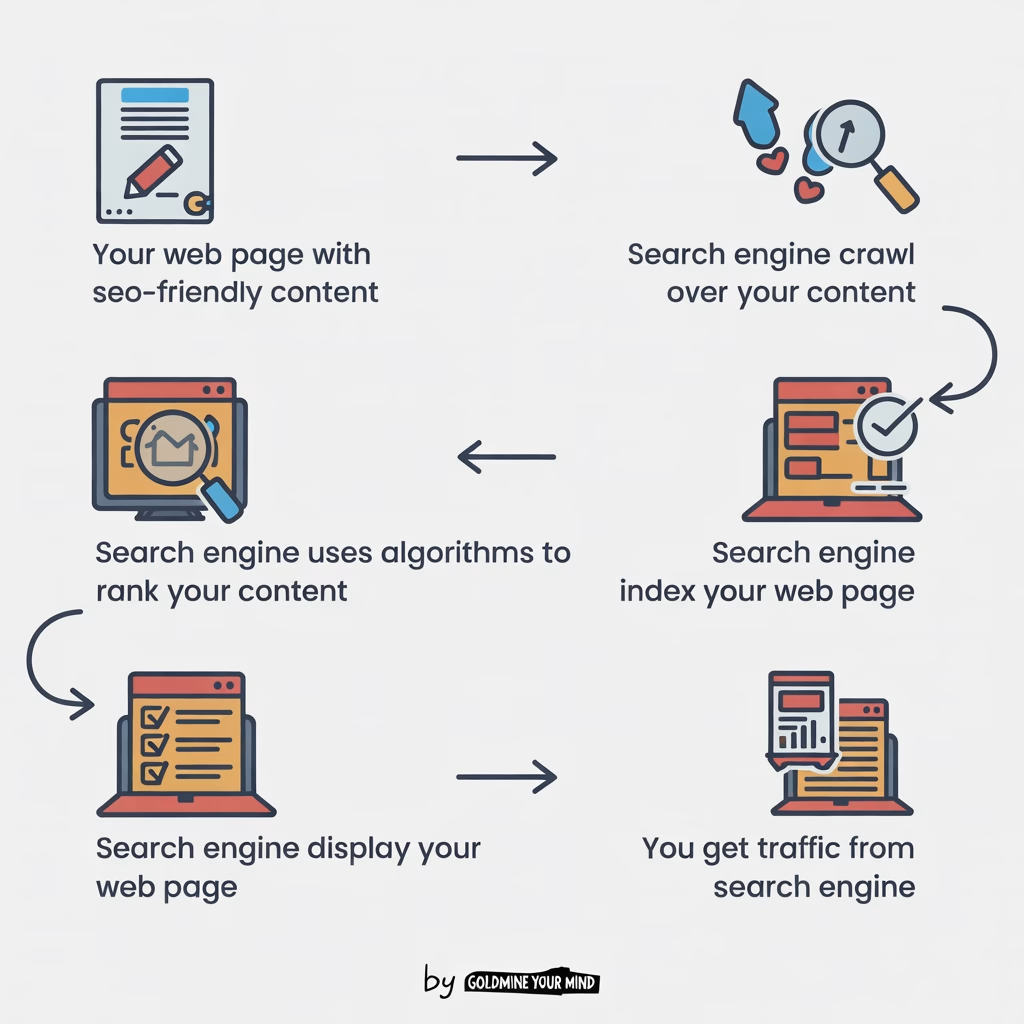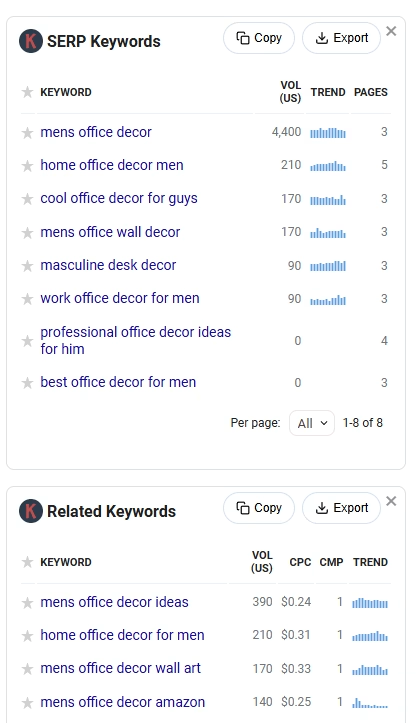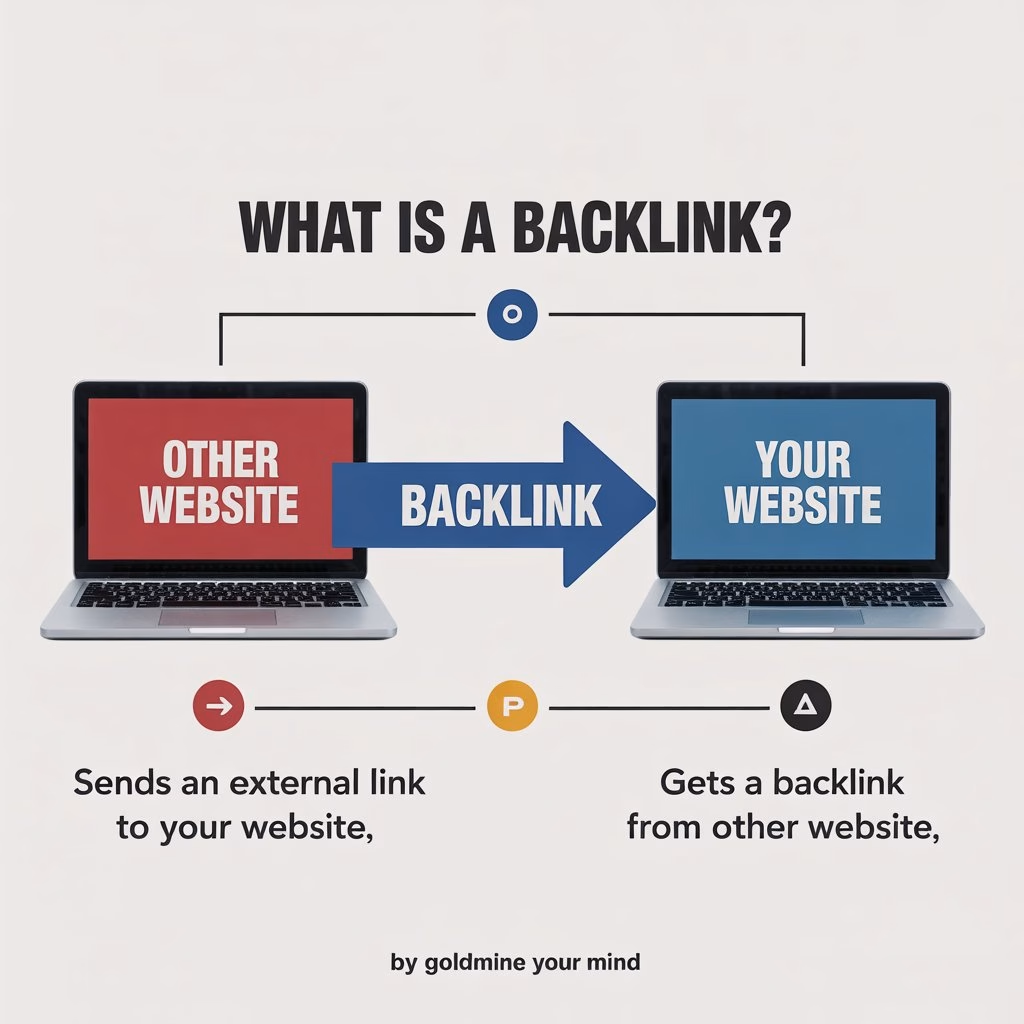SEO tips for beginners was the last thing on my mind when I first heard the phrase “SEO writing,” I thought it was something only tech wizards and code nerds had to worry about. I was a writer, not a robot. But then I started blogging… and realized that even the best content goes nowhere if search engines can’t find it.
That’s when I got obsessed. I started learning how search engine optimization (SEO) works, ran experiments, and rewrote my old blog posts from my other blog using SEO tips and tricks I found online. Traffic grew. Fast.
So if you’re asking “what is SEO writing?” or “how do I write content for SEO without it sounding like its keyword-stuffed?” You’re in the right place.
Let me break it down for you.
Table of Contents
What Is SEO Writing?
SEO writing is the art and science of creating content that ranks well in search engines like Google and keeps real human readers engaged. It’s a balancing act between optimizing for search engine algorithms and writing naturally for people.
In other words: you’re writing for two audiences, Google and your reader. Both need to be happy.
If your goal is to get more eyeballs on your content (whether it’s a blog, product page, or service offer), learning search engine optimization SEO writing is non-negotiable. These SEO tips for beginners will help you get started.

Why SEO Writing Matters
- More Traffic: If your post ranks on the first page of Google, it gets seen. If it ranks on page two, it’s basically invisible.
- Passive Leads & Sales: Once optimized content is ranking, it can bring in traffic for months or years without paid ads.
- Authority Building: Well-written SEO content positions you as a trusted voice in your niche.
Whether you’re a blogger, freelancer, small business owner, or content marketer – understanding SEO tips and tricks can give your content superpowers.
The Core of Search Engine Optimization SEO: How Google Decides What Ranks
Let’s simplify how search engines work.
Google uses an algorithm to scan millions of web pages and decide which ones are most helpful for a specific keyword or search query. It looks at factors like:
- Relevance: Does this page answer the question the searcher is asking?
- Authority: Does this site have credibility and backlinks?
- User Experience: Is the site easy to navigate? Mobile friendly? Fast loading?
- Engagement: Do people stay and read the content, or bounce quickly?
SEO writing helps your content check all those boxes.
How to Write Content for SEO (Optimize for Clicks)
Here’s a step-by-step approach that blends practical SEO tips search engine optimization with real-life writing strategy:
1. Start With Keyword Research
You need to know what your audience is typing into Google.
Use tools like:
- Google Search (look at auto-suggest and “People also ask”)
- Ubersuggest
- Ahrefs
- SEMrush
- Keywords Everywhere
Look for keywords that:
- Have decent search volume
- Low to medium competition
- Match your content topic naturally
Example: Instead of just writing about “SEO,” you might target “what is SEO writing” or “seo tips and tricks for beginners.”

2. Focus on Search Intent
Ask: Why is someone searching for this?
Are they:
- Trying to learn something? (Informational)
- Looking to buy something? (Transactional)
- Comparing options? (Commercial)
Your content should match that intent exactly. If they want a how-to guide, don’t give them a product pitch.
3. Plan Your Content Structure (Like a Boss)
Use headers (H2s, H3s) to break up your content into digestible sections. It helps readers and search engines scan and understand your content.
Basic structure:
- H1: Blog post title
- H2s: Main sections
- H3s: Subtopics or supporting points
4. Write for Humans First, Google Second
Yes, keywords matter. But keyword stuffing is dead.
Instead:
- Use your main keyword naturally in the first 100 words
- Sprinkle related keywords throughout
- Use synonyms and conversational phrasing
Make sure your content sounds like something you would read and share.
5. Optimize Key SEO Elements
Every blog post should have these:
- Title Tag: Include your main keyword (70 characters max)
- Meta Description: Make it juicy + keyword-rich (155 characters max)
- URL Slug: Short and relevant (e.g., /seo-writing-tips)
- Header Tags: Use H2s and H3s to organize content
- Image Alt Text: Describe your images using keywords if appropriate
6. Add Internal and External Links
- Internal links: Point to other blog posts or pages on your site
- External links: Link to trustworthy sources (helps build credibility)
This not only helps SEO but improves user experience and time on site.

7. Make It Skimmable
Use:
- Bullet points
- Short paragraphs
- Bold or italic highlights
- Pull quotes or quick summaries
People skim online. Make it easy to get value quickly.
8. Include a CTA (Call to Action)
SEO writing isn’t just about traffic. it’s about what people do next.
Ask them to:
- Subscribe
- Comment
- Share
- Buy
- Book a call
Give them one clear action to take before they bounce.
SEO Tips and Tricks: Bonus Nuggets You’ll Love
- Answer FAQs: Use questions as headers. Google loves to rank question-based content.
- Write longer content: Aim for 1,000+ words. Longer posts tend to rank better (when done well).
- Update old posts: Refresh stats, links, and keywords every 6–12 months.
- Use schema markup: Helps your content stand out with star ratings, recipe times, etc.
- Add videos or infographics: Improves time on page and engagement.
- Check your competitors: What’s ranking now? Reverse engineer what they did well.
Common SEO Writing Mistakes (And How to Avoid Them)
- Keyword stuffing: Sounds robotic and hurts rankings. Don’t do it.
- No clear focus: Every post should revolve around one primary keyword/topic.
- Weak intros: Hook the reader fast or they’ll bounce.
- No optimization: Amazing content won’t rank if you skip the basics.
Final Thoughts: SEO Writing Is a Skill Anyone Can Learn
You don’t need a degree in digital marketing or 10 years of experience. With a little intention and practice, you can turn every blog post into a traffic machine.
The key is to blend strategy with storytelling. Google wants helpful, relevant content and your readers want it too.
Master these SEO tips and tricks, write consistently, and your traffic will grow like compound interest.
Need help putting all this into action? Subscribe or drop a comment below, I love nerding out on this stuff.
Frequently Asked Questions
Why is SEO so important?
Why is SEO so important?
SEO helps your content show up when people search for topics you write about. Without SEO, even your best blog post or product page can get buried on page 10 of Google. When done right, SEO brings in consistent, high-quality traffic without paying for ads, making it one of the most powerful tools for growing your audience, sales, or brand visibility over time.
How do I start writing for SEO?
Start by doing keyword research and understanding what your audience is searching for. Then, create valuable, well-structured content that uses those keywords naturally and provides clear answers to their questions.
What are some quick SEO tips and tricks for beginners?
Use headings to organize your content, add internal links, write for search intent, and avoid keyword stuffing. Focus on quality over quantity and always prioritize the reader’s experience.
👉 Follow me on Pinterest for more tips on wealth, money and business!
Looking to Improve Your Money Skills? Learn More
- The Best Beginner Budgeting Apps to Try This Year
- Roth IRA Stock Investing Tips to Build Wealth
- How to Start the Half Payment Budget Method
- 12 Financial Goals to Build Wealth in Your 20s
- 12 Financial Goals to Build Wealth in Your 30s
- How to Lower Your Life Insurance Premiums
- 50 Frugal Living Tips to Save Money Daily and Live Well on Less
My Favorite Tools
To help you reach your financial goals, below are resources you can use to get started. They are free to sign up and will support your money goals.


Leave a Reply